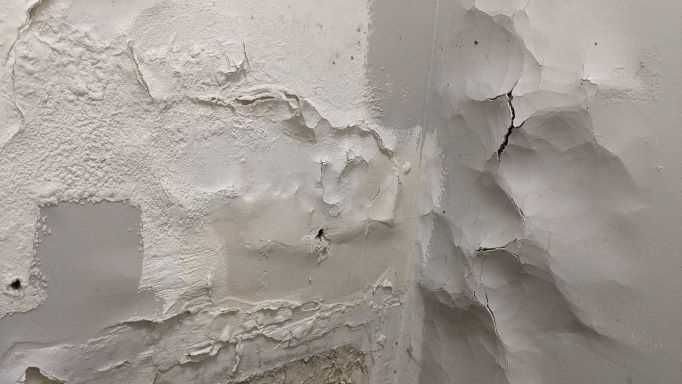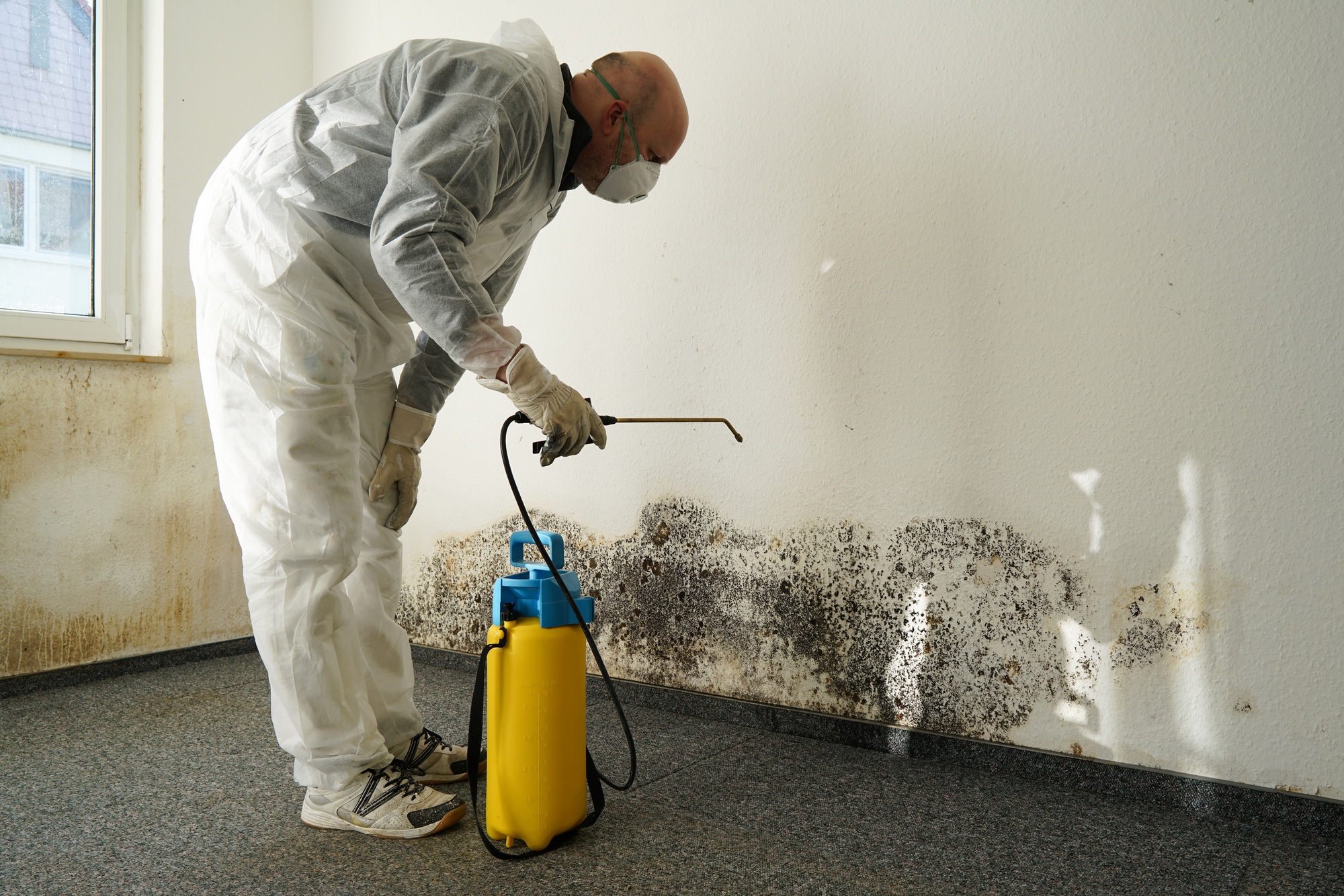Leading Water Mitigation Company Offering Fast and Efficient Solutions
The Process of Water Damage Clean-up: Guaranteeing Your Home Is Restored Properly
Water damage can be a difficult difficulty for property owners, necessitating a organized and thorough clean-up procedure to recover safety and security and capability. damage restoration services. Following this, efficient water extraction techniques play a critical role in mitigating more damage.
Examining the Damages
Upon discovering water damages, the very first step is to completely examine the extent of the influence. This preliminary examination is essential, as it helps determine the needed steps for efficient clean-up and restoration. Begin by evaluating the impacted areas, consisting of wall surfaces, ceilings, floors, and individual possessions, to recognize the source of the water invasion, whether from flooding, leaks, or condensation.
Recording the damages is vital for both insurance cases and preparing reconstruction efforts - damage restoration services. Use photographs and composed notes to record the seriousness of the damages, keeping in mind any afflicted architectural aspects and products. Pay unique attention to locations that might not be promptly visible, such as behind wall surfaces and under rugs, as concealed moisture can result in more problems, including mold and mildew growth
In addition, assess the timeline of the water exposure. The longer the materials continue to be wet, the higher the possibility for damages. Comprehending the period of direct exposure will notify the seriousness of removal initiatives. Ultimately, a detailed analysis lays the groundwork for a successful water damages cleaning procedure, making certain that all influenced areas are resolved effectively and thoroughly.
Water Removal Techniques

Specialists generally employ submersible pumps for bigger quantities of water, which can promptly relieve flooding in cellars or other affected locations. For smaller amounts, wet/dry vacuum cleaners are usually made use of to draw out residual dampness from rugs and difficult surfaces. Furthermore, utilizing portable extractors enables targeted removal in confined areas or areas with fragile products.
In instances of contaminated water, such as sewage or floodwater, advanced removal methods may entail using biohazard equipment to guarantee safety and security and compliance with wellness policies. High-powered removal tools are important in reducing water retention in architectural materials, which can lead to mold and mildew development and structural damage if not resolved quickly.
Eventually, the effectiveness of water removal methods plays a crucial function in the total success of the water damage clean-up procedure, laying the foundation for subsequent remediation efforts.
Drying and Dehumidification
When standing water has been properly extracted, the next crucial stage in the water damages cleanup procedure is drying and dehumidification. This action is necessary to stop additional damages and mold and mildew development, which can occur within 24 to 48 hours in wet settings.
To accomplish reliable drying out, customized tools such as industrial-grade air moving companies and dehumidifiers is employed. Air movers distribute air across wet surfaces, improving dissipation rates, while dehumidifiers minimize humidity degrees in the air, promoting a helpful setting for drying out. The mix of these devices makes sure that wetness is attracted out from floorings, home furnishings, and walls, enabling them to dry thoroughly.
It is essential to check the drying out process very closely. Experts commonly make use of moisture meters to evaluate the wetness content in numerous materials, guaranteeing that all impacted locations get to appropriate dry skin degrees. This precise method assists to stop hidden wetness pockets that can result in structural damages or unhealthy mold and mildew growth.

Cleaning and Sanitizing
After the drying and dehumidification phase is total, the following crucial action in water damages cleaning is cleaning up and sanitizing the affected areas. This process is crucial to prevent the growth of mold and mildew, bacteria, and various other virus that flourish in moist settings.
The cleansing phase typically includes getting rid of any kind of debris, dirt, and pollutants from surface areas using specialized cleaning up representatives. For tough surfaces, a combination of soap and water or commercial cleaning products is usually employed. Soft products, such as furniture and carpetings, might call for more comprehensive cleaning techniques, including heavy steam cleaning or deep extraction techniques, to guarantee detailed link hygiene.

Sanitizing adheres to cleansing, using EPA-approved disinfectants to eliminate harmful microbes. This action is necessary, especially in areas that might have come right into contact with floodwaters or sewage, as these resources can present major health risks.
In addition, it is necessary to deal with any kind of continuing to be odors, which might need using smell neutralizers or innovative methods like ozone therapy. Appropriate cleansing and disinfecting not only recover the security and health of your home but likewise prepared for effective restoration and repair services in subsequent stages of the water damages cleanup process.
Restoration and Repair Work

Once the assessment is total, reconstruction efforts can start. This usually includes fixing or changing broken products, guaranteeing that all job conforms with local building regulations and standards. As an example, if drywall has actually been jeopardized, it will need to be removed and replaced with brand-new product. In addition, flooring may call for comparable attention, relying on the degree of water exposure.
It is crucial to involve knowledgeable reconstruction specialists during this process, as they have the proficiency to take care of complex repair work successfully. They can aid reduce potential future concerns, such as mold and mildew growth or structural instability, thus making certain a safe and habitable living setting. Inevitably, reliable repair and repair services recover the home's honesty and enhance its total worth.
Conclusion
Finally, the procedure of water damages clean-up is important for restoring a home to its pre-damage problem. Each phase, from examining the damages to carrying out efficient water removal strategies, followed by extensive drying out, sanitizing, and essential fixings, plays a crucial duty in making certain security and compliance with structure criteria. Efficient execution of these steps not just mitigates immediate damages yet also improves the long-lasting stability and value of the building.
Water damages can be a daunting difficulty for home owners, demanding a thorough and structured clean-up procedure to bring back safety and security and performance. Inevitably, a thorough assessment lays the foundation for an effective water damages cleanup procedure, making certain that all influenced areas are resolved properly and thoroughly.
Reliable water removal strategies are crucial in mitigating damage and stopping more problems complying with a water breach event.In final thought, the process of water damage cleanup is essential for bring back a home to its pre-damage problem. Each phase, from examining the damages to implementing reliable water removal strategies, complied with by thorough drying, disinfecting, and needed repair work, plays a crucial function in ensuring safety and conformity with building criteria.